Name Gilda Gray Role Actress | Children Martin Gorecki Siblings Josephine Michalska | |
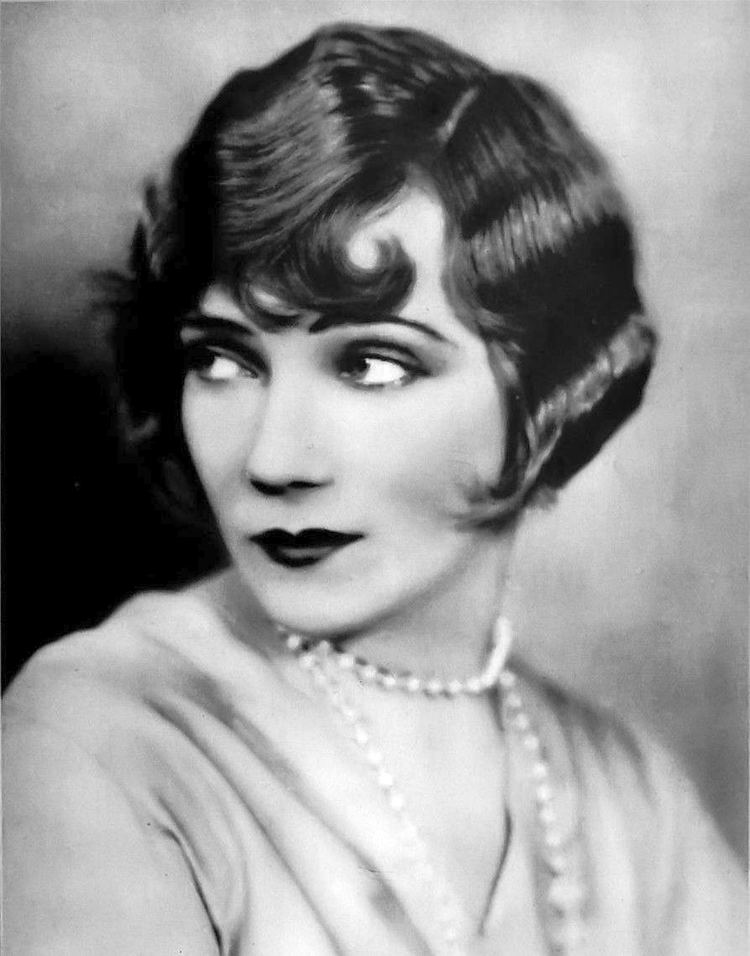 | ||
Full Name Marianna Michalska Died December 22, 1959, Hollywood Boulevard, Los Angeles, California, United States Spouse Hector Briceno de Saa (m. 1933–1938), Gaillard T. Boag (m. 1923–1929), John Gorecki (m. ?–1923) Movies Piccadilly, Aloma of the South Seas, The Devil Dancer, Rose‑Marie, Cabaret Similar People E A Dupont, George Brent, Fred Niblo, W S Van Dyke, Maurice Tourneur | ||
Movie legends gilda gray
Gilda Gray (October 24, 1901 – December 22, 1959) was an American actress and dancer who popularized a dance called the "shimmy" which became fashionable in 1920s films and theater productions.
Contents
- Movie legends gilda gray
- Gilda gray he was her man aka frankie and johnny paramount 1931
- Early life and The Shimmy
- Career
- 1929 stock market crash
- Polish patriot
- Death
- Filmography
- Plays
- References
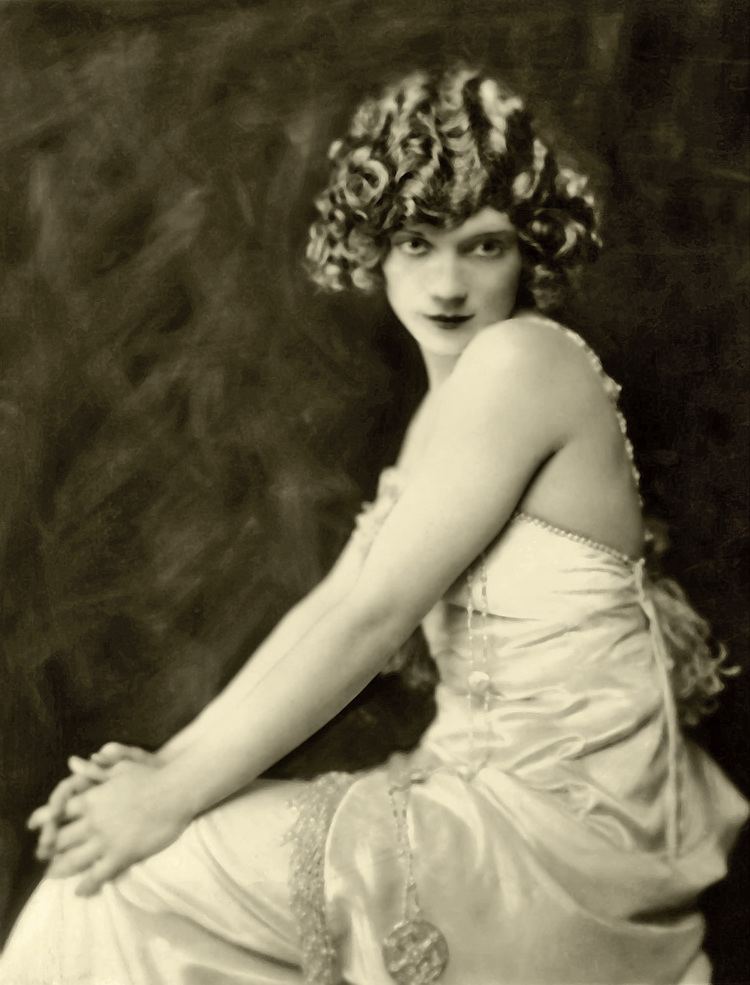
Gilda gray he was her man aka frankie and johnny paramount 1931
Early life and 'The Shimmy'
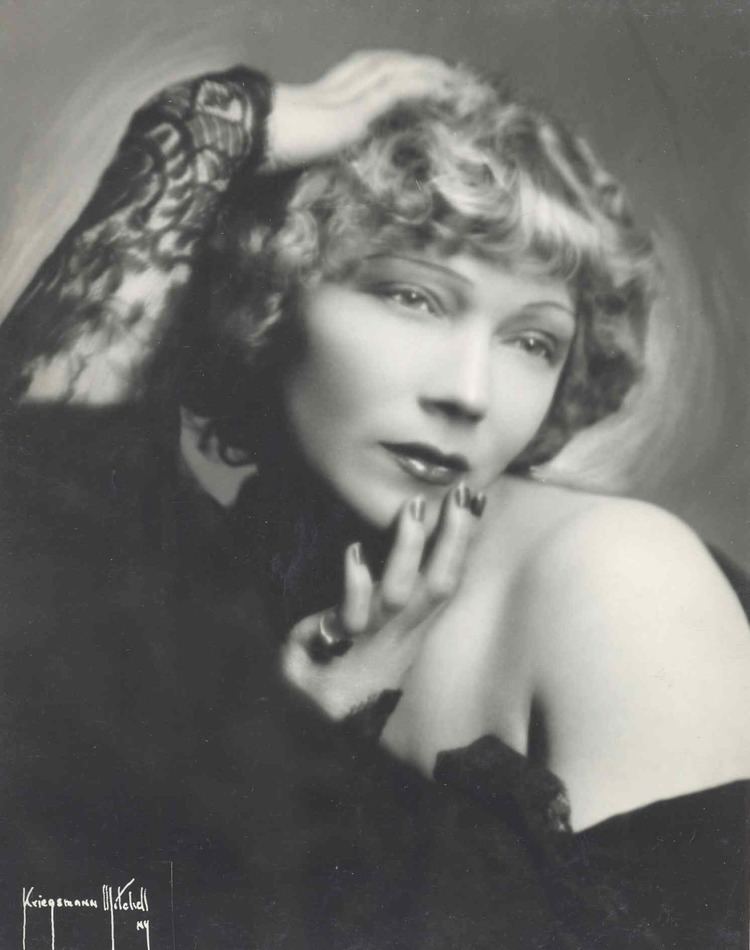
Gilda Gray was born as Marianna Michalska in Kraków (then part of Galicia-Lodomeria, Austria-Hungary, now part of Poland) on 24 October 1901, to Max and Wanda Michalski. After being orphaned, she emigrated with her foster parents to the United States in 1909 and settled in Wisconsin. She had one sibling, Josephine.
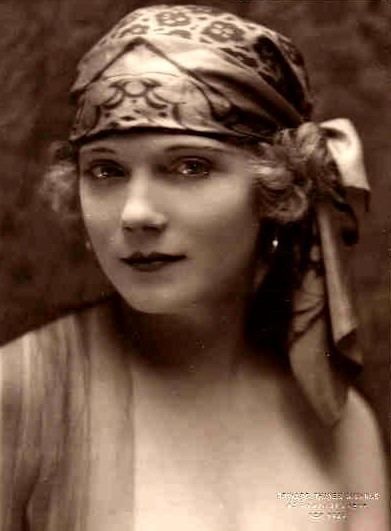
At 14 or 15 years of age, she entered into an arranged marriage with John Gorecki. Gorecki, a concert violinist, was the son of Socialist and union leader Martin Gorecki. The couple, who divorced in 1923, had one son, Martin Gorecki, who became a bandleader under the name Martin Gray.
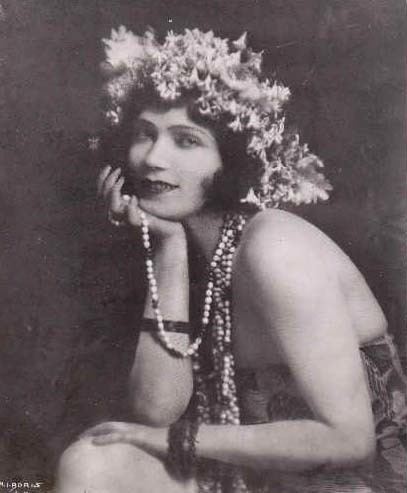
Although the shimmy is said to have been introduced to American audiences by Gray in New York in 1919, the term was widely used before, and the shimmy was already a well-known dance move. Gray appropriated it as her own, saying that she had accidentally invented the shimmy while dancing at her father-in-law's saloon and "shaking her chemise" (or her "shimee", as her Polish accent rendered it).

Gilda attributed the origin of the Shimmy to the American Indian in an interview published in the July 8, 1919, issue of Variety. The article notes she was working at the time at Reisenweber's with her partner Mildred Vernon. Gilda had just been signed to perform in the "Gaieties of 1919" when she described the dance saying, "The original Shimmy dance has never been properly introduced in New York. I know for I studied the dancing characteristics of the Indians for a long time and they are really responsible for the shimmy which they labeled the 'Shima Shiwa'. There have been continual efforts on the part of this dancer and that one, with each declaring that his or her version is the 'original.' There is no doubt but that the shimmy dance as it was constructed by the American Indians ... would have a greater popularity were it done right."
Career
Her desire to continue her burgeoning career (she used the professional name Mary Gray for a while) and her faltering relationship with her husband prompted her to relocate to Chicago where she was noticed by a talent agent, Frank Westphal, who took her to New York and introduced her to his wife, singer Sophie Tucker. It was Tucker who prompted her to change her first name to Gilda. By 1919, she was appearing in a J.J. Shubert show, The Gaieties of 1919. By 1920, Gilda had found a new manager, Gaillard T. "Gil" Boag. She was subsequently hired by Florenz Ziegfeld to perform in the 1922 Ziegfeld Follies, and her shimmy became a national craze.
After her divorce from her first husband, in 1923 she married Gil Boag and took her successful vaudeville to Hollywood, California; they divorced four years later. She quickly abandoned vaudeville to become a film star, and between 1919 and 1936 Gray made several movies, in all of which she performed her famous shimmy. Her second role was a small part in Girl with the Jazz Heart.
Jesse Lasky signed her to a contract with Famous Players-Lasky, which released films through Paramount Pictures. With him she made Aloma of the South Seas (1926), which grossed $3,000,000 in its first three months. The success of this Paramount film was enhanced by Gilda's personal appearances doing the shimmy as a promotion. In 1927, she made two more films, The Devil Dancer and Cabaret.
By January 1929, she had sued Gil Boag for divorce on grounds of cruel treatment. He, in turn, accused her of an affair with her tour manager, C. D. Krepps.
1929 stock market crash
When the stock market crashed in 1929, Gilda Gray lost most of her financial assets, but she managed to get a job dancing at the Palace Theater in New York. She also appeared on stage in Cleveland, and became the subject for two very popular ceramic sculptures by Waylande Gregory, "The Nautch Dancer," and "The Burlesque Dancer".
She attempted comebacks but was hindered by poor health from regaining her status as a star. In 1931 she suffered a heart attack. In 1932, Gray announced her engagement to singer Art Jarrett, but abandoned their marriage plans when it became clear that the five-day waiting period between filing a marriage license and the actual ceremony could not be waived. On May 23, 1933, she married a Venezuelan diplomat, Hector Briceño de Saa. The couple separated two years later and divorced in 1938.
Polish patriot
During World War II, Gray worked for Poland including raising money. In 1953, Ralph Edwards did her life story on his television show, This Is Your Life. He portrayed her courage in bringing six Polish citizens to America during the Cold War era. Gray also subsidized their education. She was decorated by Poland "for her interest and help to her countrymen and her country".
Death
By the time of her death at the age of 58 from a second heart attack, on December 22, 1959, Gilda Gray was again in financial trouble. According to an obituary published in The New York Times, she had lived with Antonio Raio, a fire captain for Warner Brothers, and his wife for the past six years. Gray had suffered an attack of food poisoning five days prior to her death and was under the treatment of a physician. The Motion Picture Relief Fund paid for her funeral.
